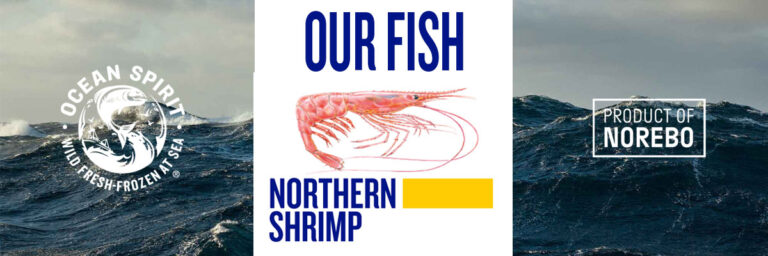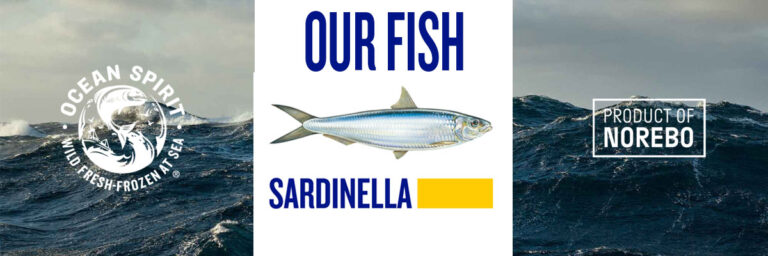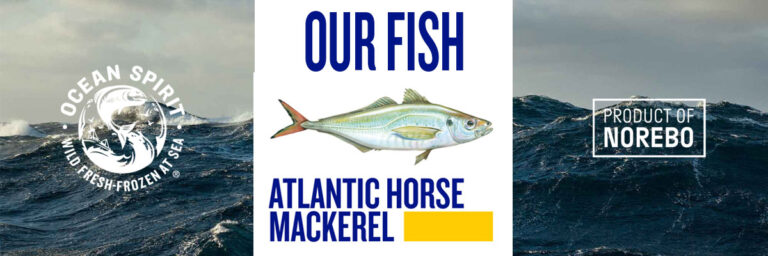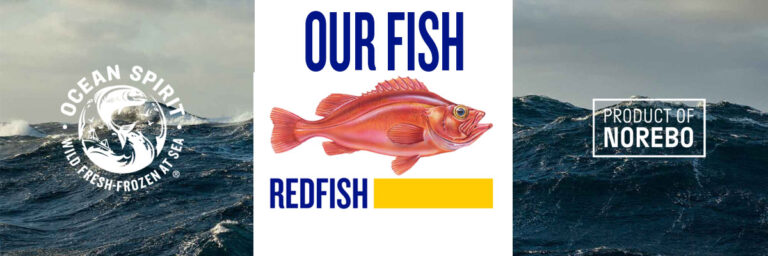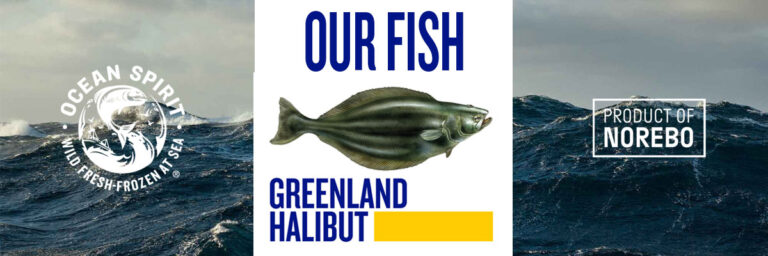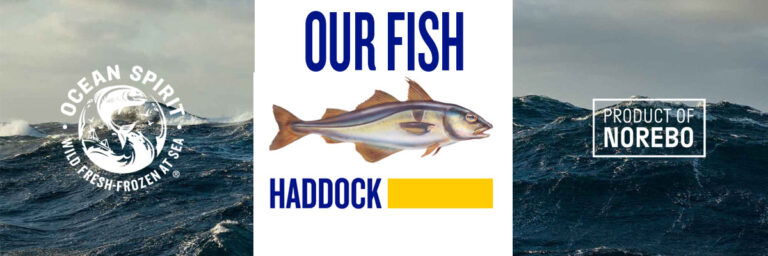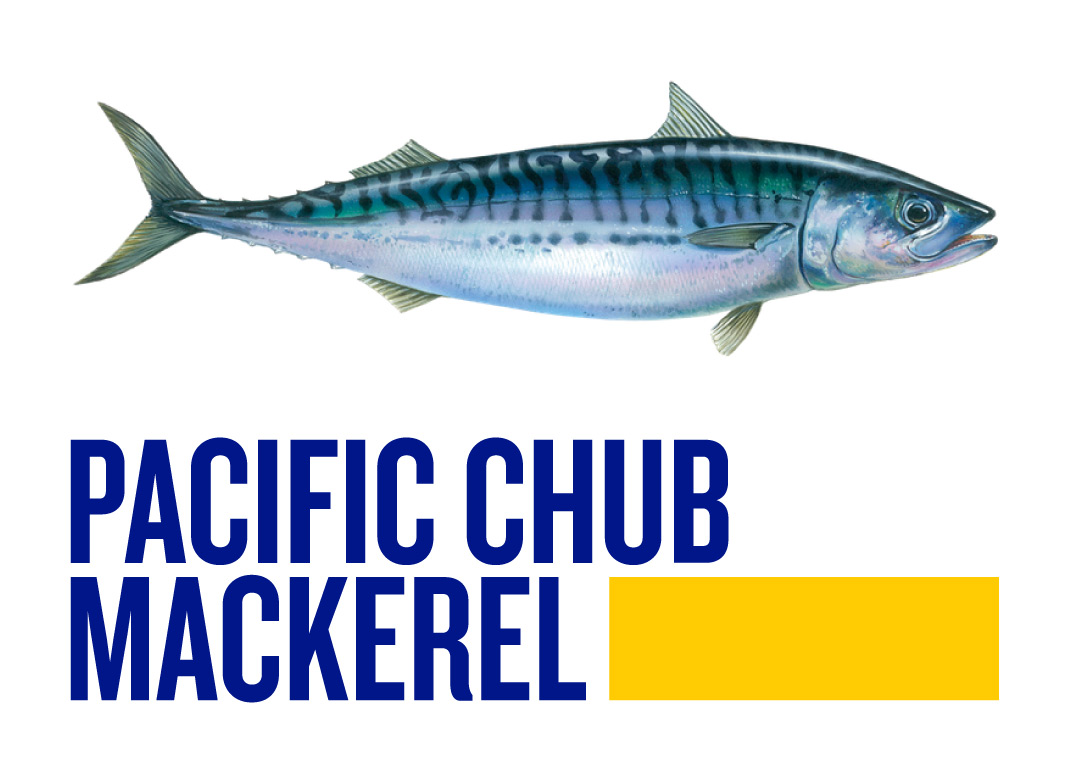
Evasive behaviour and camouflage is what Pacific chub mackerel relies onto stay hidden from its predators. When threatened they tend to move close to the waters’ surface to merge with the light emitted by the sun.
Pacific chub mackerel is widely fished for human consumption. It is found abundantly in the northwestern, southeastern, and northeastern Pacific. Pacific mackerel spawns on average of about 100,000 to 400,000 eggs during breeding season.
Pacific Chub Mackerel
Whole-round (WR)
| 2 x 11 kg |
| 0.1-0.2 | 0.2-0.4 | 0.3-0.6 |
Pacific Chub Mackerel
Whole-round (WR)
| 3 x 6 kg |

